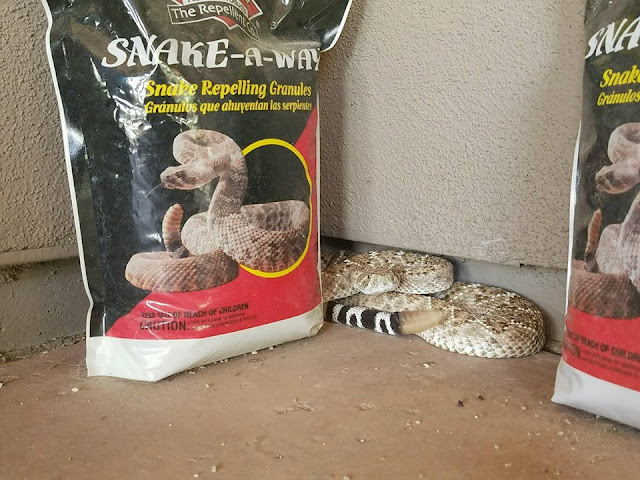David McIntyre, a friend and colleague of the Amphibian Foundation, was kind enough to describe his methods for building a successful wetland in his yard. By 'successful' we mean one that attracts and support native wildlife. Take it away, David! 'Dig It — and They Will Come' If you are interested in attracting amphibians to your yard, the following method has worked for me: 1. Find an area with a high water table. 2. Dig. I have to admit, when I set out to dig a pond on my property, I was thinking primarily of ducks, not amphibians. Back in the spring of 2005, I was planning to add a couple of ducks to my small poultry flock, and I thought they’d appreciate a bit of water to splash around in. I live on a long, narrow 1 1/2 acre parcel in western Massachusetts, and there’s an area across the middle that is thoroughly wet (saturated with water, particularly after it rains) for several weeks every spring. Any hole dug in this area in t












